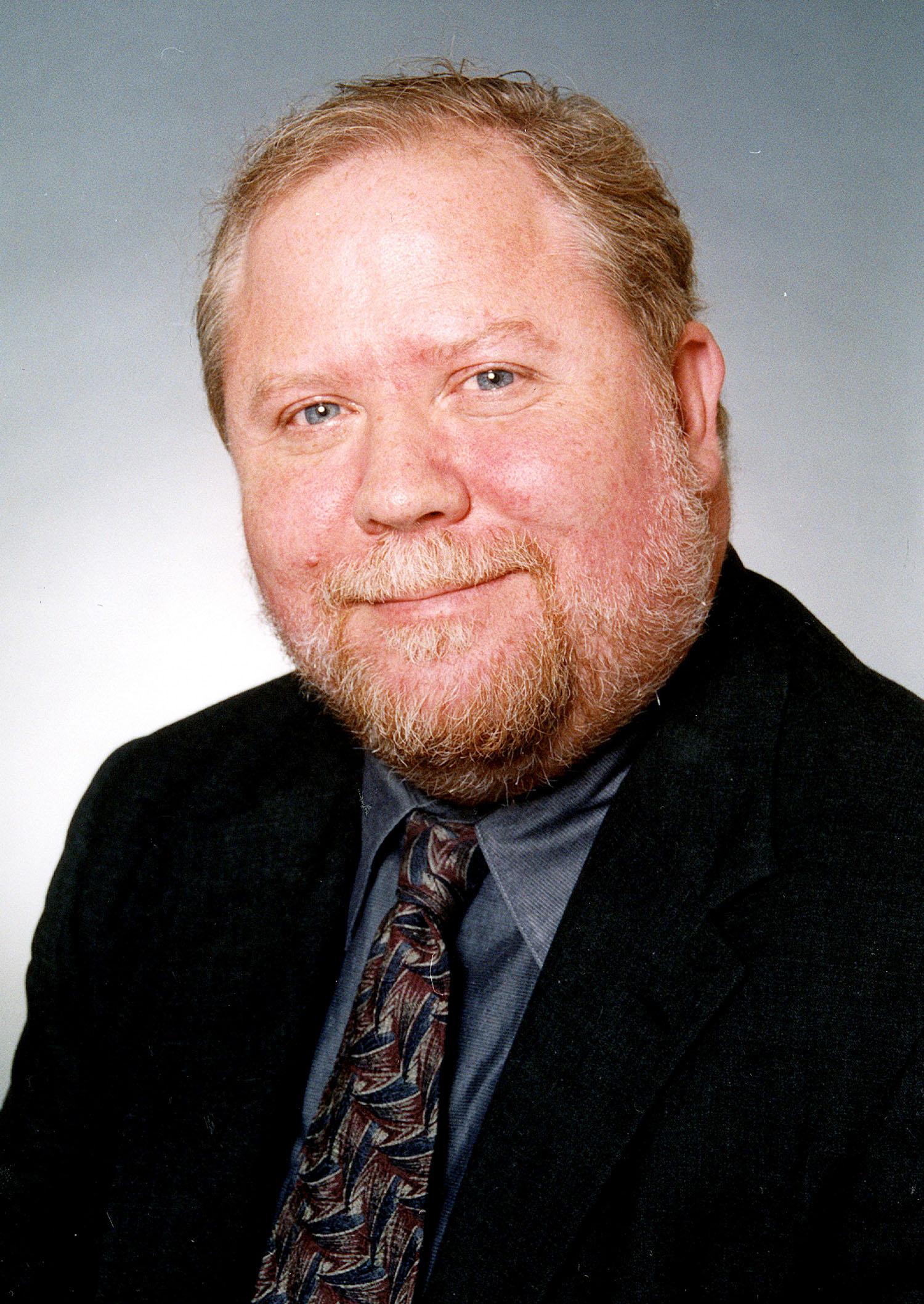
‘Open Journalism’ – has the time finally arrived?
Miami’s winter holiday breezes are usually refreshing, but this year, particularly so, thanks to a discussion paper we saw in December from Melanie Sill for the University of Southern California. Finally, influential journalists are talking more seriously about a basic question of the digital age: How can they go beyond just informing communities to actually engage them? Former Sacramento Bee editor and senior vice president Sill concludes that professional journalism can indeed be “transparent, responsive and enriched through vibrant two-way connections with a networked universe.” In “The Case for Open Journalism Now,” she details open, collaborative approaches gaining use at news organizations across the country.
Eric Newton, Senior Adviser to the President at Knight Foundation
What’s Open Journalism? I’d describe it as trading up from the industrial age one-way assembly-line idea of mass media to the 21st century, computer-age, two-way networked system of communication, the information world that is the one most of us really live in. The open approach turn lectures into conversations. It means we celebrate not just our nation’s need to know but its need to tell. And newsrooms define communities not as “the great unwashed” but see them as a collection of many voices struggling to be heard.
Sill’s “discussion paper” is an excellent work product. It allows for public comment and has more than 100 “ideas, arguments and illustrations for open journalism.”
For me, the most refreshing part of all is Sill’s concession that this is an old idea – yet made ever more practical by today’s technology. She credits Bob Maynard’s Oakland Tribune, where I once worked, for its “open newspaper” practices of the 1970s and 1980s. Bob never would have said (as some civic journalism advocates claimed in the 1990s) that he’d pioneered any sort of “movement.” What he did was to know journalism history and, despite the prevailing corporate journalism trends of the day, used the good community engagement ideas of the past to stay close to his community. Knowing the past helped Bob better see into the future. That’s why he described newspapers, in the days before the World Wide Web, as “geographically discrete dynamic databases” and “instruments of community understanding.”
Sill’s hope (and mine) is that the time for open journalism has finally arrived. Knight-funded experiments ranging from Spot.us to Public Insight Journalism hope to prove the point.
Recent Content
-
Journalismarticle ·
-
Journalismarticle ·
-
Journalismarticle ·


